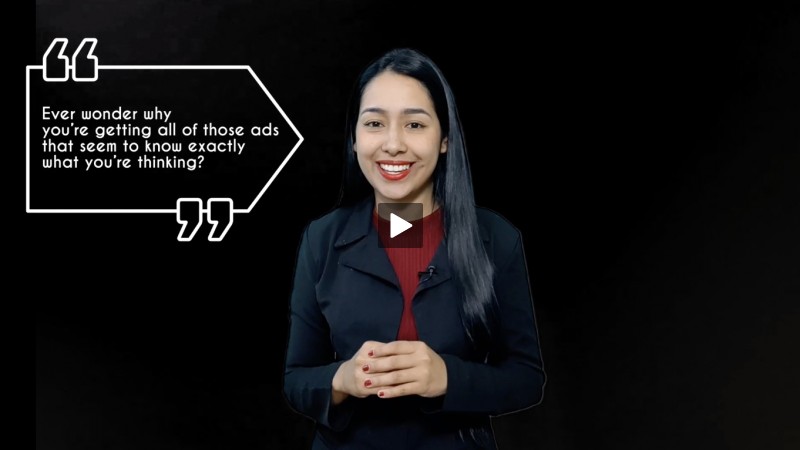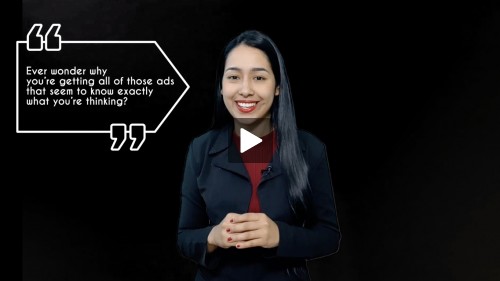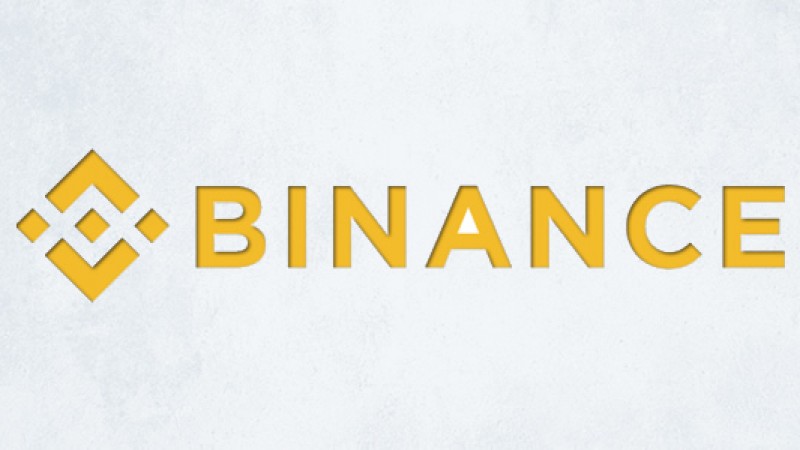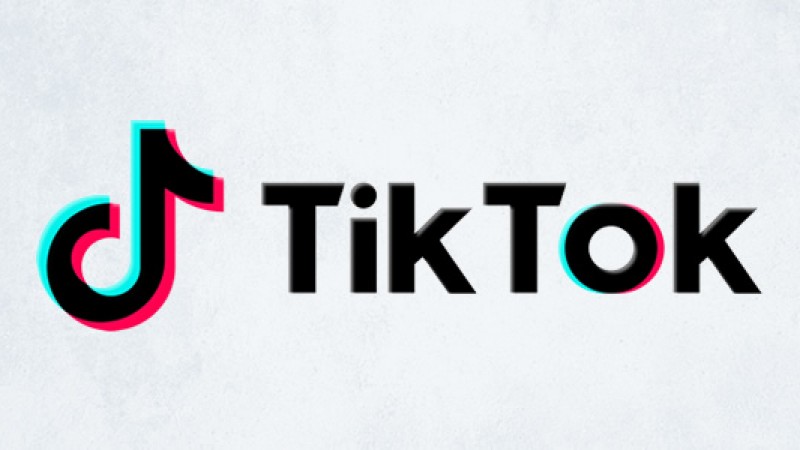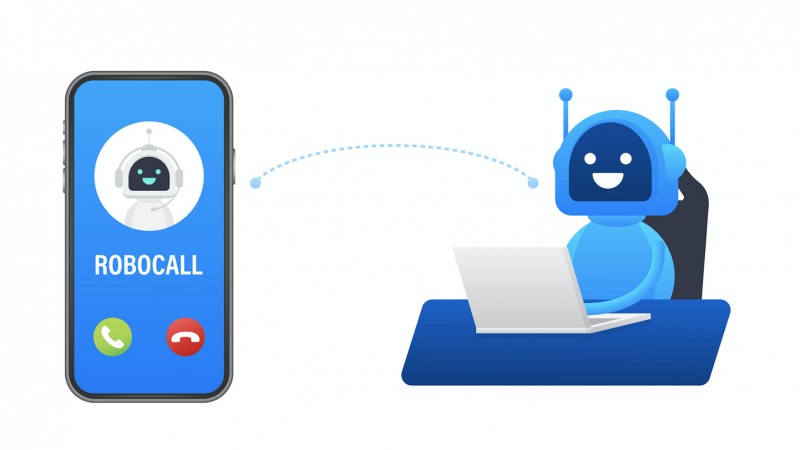- Details
- Written by Remar Sutton
- Category: Articles

Debt from student loans for higher education is now the largest category of debt in the U.S. As of July 2022, borrowers owed a cumulative total debt of over 1.75 trillion dollars in federal and private student loans, according to the Board of Governors of the Federal Reserve System. The average individual debt is $26,700.
Several simple steps can help you better manage your student loan debt and pay it off more quickly.
Interestingly, most of this debt is not owed by recent graduates: individuals under age 30 account for only 32% of outstanding loans. In contrast, 33% of student loan debt is owed by individuals aged 30-39 and 35% by individuals over age 40. This older group also tends to have larger outstanding student loan balances and possibly more difficulty repaying the loans.
Whether you are just graduating and about to face loan repayment or have been coping with repayment for several years, several simple steps can help you better manage your student loan debt and pay it off more quickly. The result can save you hundreds or thousands in interest.
Know Your Loans, Their Terms, and Servicers
The first step in managing student loan debt is to get a handle on your total student loan debt picture. Most borrowers have multiple loans. The loans may have different principals (amounts borrowed), different interest rates, different monthly payments, and different loan servicers. You may have only federal loans or both federal and private loans.To make the best decisions for repaying your loans you need to have an overview of the total picture. How much do you owe in total? What is your total monthly payment? What percentage of your monthly income do those payments represent? What is your repayment status for each loan?
Locate all your federal student loans at the National Student Loan Data System, which is provided by the U.S. Department of Education, the administrator of federal student loans. For private loans, locate your original loan documents. Use our worksheet and some old-fashioned pencil and paper work to create a snapshot of your current position. (You may need to go to the next step to get some information.)
Stay in Touch with Your Loan Servicers
If you have more than one loan, you will likely have more than one loan servicer. For instance, federal student loans at present use about 11 different servicers.Sign up immediately for an online account with each servicer, if you haven't already done so.
Keep your contact information up to date. For example, if you change addresses, immediately change your contact information as indicated by the specific servicer. The same goes for other items such as phone numbers and email addresses.
Open all communications from loan servicers—email and snail mail. Respond to any requests or changes from servicers as requested.
Keep a paper trail. Digital communications and records are great, but unless you have foolproof backup of your digital records, print and keep paper copies of any important information or correspondence.
To Pay Down Loans Faster, Make More than the Minimum Payment Monthly
Paying down a loan's principal by as little as $40 to $100 a month in addition to making the monthly minimum payment can cut the total number of payments you make and the total interest you will pay. For example, if you owe $14,000 at 5% interest, the minimum payment over 10 years (the typical repayment period for a federal loan), you will make 120 payments of $148 and pay $3819 in interest. But pay just $40 more a month, and you will make only 90 payments of $188 and pay $2796 in interest. That's over $1000 you save in interest and you'll pay off the loan in 7.5 years instead of 10. If you can afford $100 a month extra, you'll pay off the loan in about 5.5 years and save over $1800 in interest.Here's how to do it:
Start paying extra principal on the loan with the highest interest. Make the regular minimum payment on other loans. When the highest interest loan is paid off, increase principal payments on the loan with the next highest interest.
Use the repayment calculator at FinAid.org to see how different extra amounts would reduce payment terms and interest paid.
Evaluate your income and expenses to see where you can save and how much additional payment you can afford. The many success stories we've reviewed usually entailed some temporary sacrifice: Borrowers used online entertainment and canceled cable, used a prepaid smart phone plan, ate mostly at home rather than out, drove an older car longer, and lived in cheaper rentals or shared. Some even took a second job, often part-time, and put that income to repayment.
Inform the loan servicer that you want the extra money applied to the loan principal. If you don't, the servicer will apply the extra payment to advance minimum payments. Use the online request form provided by the servicer. Federal loan servicers typically will provide this option; many private loan servicers may not. If the loan servicer does not provide such a form or option or you can't find it, use this template letter created by the Consumer Protection Finance Board. Send your request by regular mail and request confirmation.
Check to See if You May Qualify for Any Loan Forgiveness Programs
Under certain circumstances, you may qualify for a partial or total loan forgiveness program if you have certain federal loans. In most programs you must work for specific government or educational jobs for specific times. FinAid.org provides links to information about the many different programs.Note: If you were a student at Corinthian College institutions and took out one of their high cost private loans, the Consumer Financial Protection Bureau has worked out a loan forgiveness plan. Check out information here.
-
Consider Other Repayment Options
If your minimum loan repayment commitments are creating a hardship, consider other repayment options. Federal loans offer several flexible repayment plans. These include extended payment plans, income-based repayment plans that enable you to make lower payments when you have lower income, and graduated repayment plans that start with smaller payments and then increase. You can check these out on the Federal Student Aid website. Be aware, however, that paying loans through such extended programs will typically increase the total interest you pay.You may also wish to consider a consolidation loan for your federal loans. Just be sure you use the federal loan consolidation program for federal loans. Private consolidation loans typically have higher cost and do not have the flexibility of the federal program. Many private lenders, however, do offer short-term forbearance programs that provide relief for a few months. Since terms vary widely among private lenders, check the websites that service your private loans. If you have several private loans, you may wish to consider a consolidation loan for them.
-
Still in School? Start Thinking About Loan Repayment Before You Graduate
The first thing you can do is to borrow as little as possible. Figure out what you really need rather than sign up blindly for what's offered. Be sure to read all the terms of the loan and its repayment. Also important, keep track as you go of the total you are borrowing and total projected monthly payments. That way you can plan for the future more clearly. For instance, you may decide that working a part-time job to pay expenses rather than taking out another student loan will improve your future financial picture.
Keeping Student Loan Debt From Dragging You Down
As you can see, maintaining an overview of your student loans and creating a repayment plan that works for your circumstances can help you cope wisely with the debt and save money, too.
For More Information
- To read more about the report on student loan debt from the New York Federal Reserve, read the authors' summary here and the PDF of support charts and data here.
- Federal Student Aid offers information about all federal student loans and information on repayment plans. There is also an online repayment counseling program.
- FinAid.org also offers information on student loan repayment challenges and options.
- Repay Student Debt from the Consumer Financial Protection Bureau
- The Institute for College Access & Success offers useful tips on the webpages of its Project on Student Debt.








